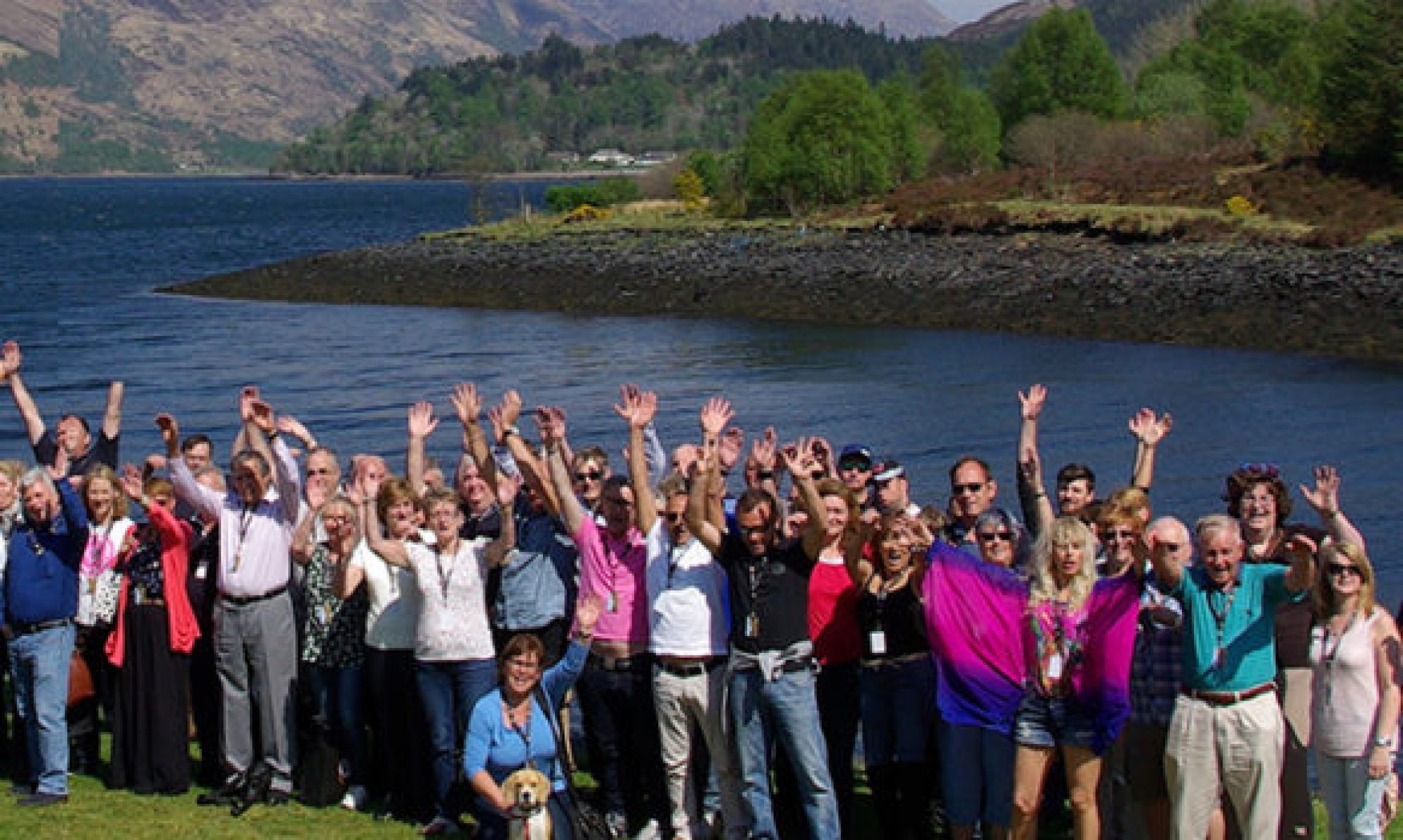One of the nicest things about being me is meeting people that I would never have met in my previous life in academia. On the whole, I prefer to chat with people who love wildlife rather than people who want to create new medicines. They are simply more interesting IMHO.
I have just spent a few days with a couple of filmmakers who came to Scotland to see how we are doing conservation here, Highland Titles fashion. In return they introduced me to a quite extraordinary project underway in Holland – Oostvaardersplassen.
The Oostvaardersplassen is almost 15,000 acres of publicly owned land just north of Amsterdam, Holland. The land was reclaimed from the sea 50 years ago for industrial development. However the development never took place and the site was left to become a natural wetland area.

This was promptly colonised by greylag geese, whose grazing behavior kept the developing grassland open for other bird species. By 1983 the Oostvaardersplassen had been designated as a nature reserve. The site management team, including the ecologist Frans Vera, introduced herds of horses, cattle and red deer to diversify the ‘naturalistic grazing’ performed by the geese. These animals gradually ‘dedomesticated’, developing behaviours and creating ecologies that are claimed to be analogous with Europe at the end of the Pleistocene.
Vera suggests that during the early post-glacial, large herbivores such as wild horses, deer, bison an cattle (aurochs) had played a vital role in maintaining a mosaic of open grassland, regenerating scrub and forested groves; the so-called ‘wood-pasture’. These large herbivores determined and controlled primeval forest structure and composition, which is in contrast to the high-forest hypothesis, which assumes that forest structure influenced herbivore abundance.

Vera and his colleagues used Oostvaardersplassen to test this hypothesis. The land had no history as it was all literally made from the sea bed with dikes, pumps and diggers. As the site is contained by a fence, access can be controlled. The tarpan and aurochs are extinct, but Konik ponies and Heck cattle are able to act as functional equivalents, occupying a similar ecological niche. The only native large herbivores now missing from Oostvaardersplassen are the elk, the wild boar and the bison (wisent). They have managed to create a “Serengeti-like” landscape: a type of habitat unknown to Europe since humans abandoned their hunter gatherer lifestyle and started farming.

The cattle, deer and horses breed freely in the Oostvaardersplassen and, as in Scotland, in the absence of natural predators the rangers have to cull the animals that are unlikely to survive. About half the population dies in this way giving the vegetation some chance to recover. As with the position in Scotland, these is great reluctance to reintroduce the missing predators, but I am optimistic that they will return one day.






